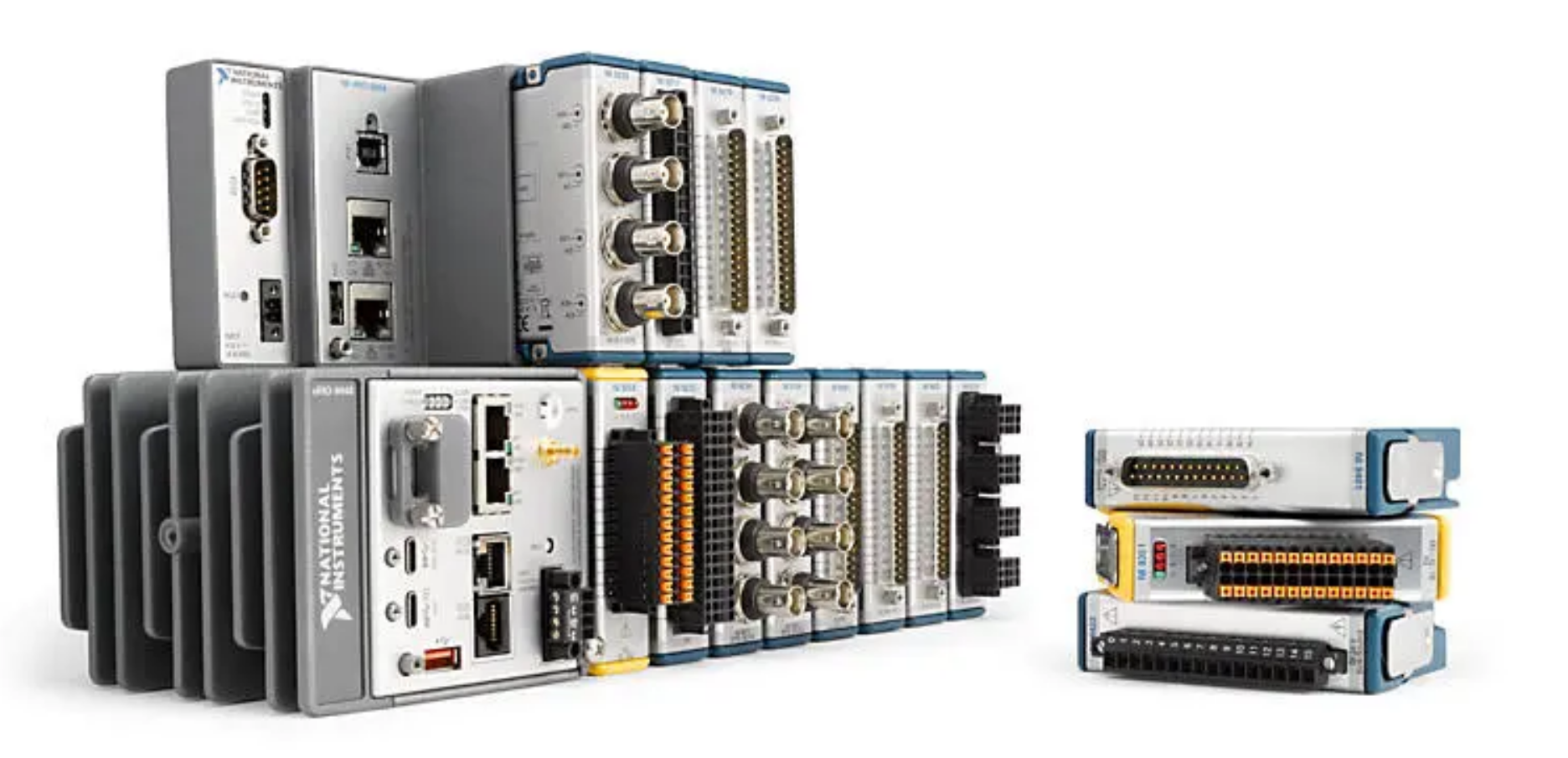Liquid Hydrogen: A Revolutionary Fuel for Mobility, Rail, Aviation, and Space
Liquid hydrogen (LH2) is emerging as a promising solution to tackle the challenges of decarbonization across various sectors, including mobility, rail, aviation, and space. This article delves into the critical role and implications of adopting liquid hydrogen as the fuel of the future.
Liquid Hydrogen in Mobility:
Transitioning to more sustainable mobility is crucial to reduce our carbon footprint. Liquid hydrogen, with its high energy density, presents itself as a viable alternative to fossil fuels. In the automotive sector, hydrogen fuel cell vehicles offer range and refueling times comparable to conventional cars, without harmful emissions, emitting only water.
The Rail Sector: A New Era with Hydrogen:
Replacing diesel locomotives with hydrogen alternatives could radically transform the rail sector, especially in non-electrified regions. Hydrogen trains, already operational in some countries, pave the way for emission-free rail transport, highlighting the importance of developing hydrogen refueling infrastructure.
Aviation: Soaring High with Hydrogen:
Aviation faces a significant challenge: reducing its environmental impact without compromising performance. Liquid hydrogen, as a fuel, could revolutionize this sector with its ability to power aircraft more ecologically. Projects for hydrogen engines and commercial aircraft designed to use this energy carrier show a promising future, although technological and infrastructure challenges are considerable.
The Space Sector: Hydrogen, a Stellar Fuel:
In space, liquid hydrogen is not new, serving as fuel for launchers for decades due to its excellent performance. However, with the increasing focus on sustainable and reusable missions, hydrogen plays an even more critical role. The ability to produce liquid hydrogen on other planets could also be a key factor for future exploration missions. Safety and Control Systems:
Safety and Control Systems:
Managing liquid hydrogen tanks and their control systems is crucial due to the inherent complexity in preventing "boil-off" phenomena. This term refers to the gradual evaporation of liquid hydrogen due to ambient heat absorption, a significant challenge for storing and transporting this very low-temperature fuel. Therefore, tank design must ensure exceptional thermal insulation to minimize energy losses and incorporate advanced control systems capable of finely regulating pressure and temperature. These control systems play a crucial role in activating cooling mechanisms or managing the controlled release of gas to prevent dangerous pressure increases. The sophistication of these technologies reflects the cutting-edge engineering required to fully harness the potential of liquid hydrogen while ensuring the safety and efficiency of operations in diverse applications such as automotive, aerospace, or rail transport.
Gemesis closely collaborated with a designer of tanks for high-stress environments. For this ambitious project, we relied on the Interface Control Documents (ICD), which list sensors and actuaries, to validate our rapid prototyping systems for control-command. This critical step allowed us to carefully select the necessary hardware and software tools to develop control-command algorithms.
Faced with this challenge, a first Proof of Concept (POC) was required by our client to select the HIL (Hardware In the Loop) system supplier, imposing numerous specific constraints. Following the POC's success, we provided the HIL system and supported our partner in implementing the embedded control-command software.
For this project, we chose National Instruments' cRIO solution for its modularity, compatibility with embedded environments (from -40 to +70 °C), and vibration resistance. We programmed on the FPGA to integrate specific communication functionalities and operations, thus demonstrating the ability to execute real-time target libraries coded in MATLAB and in more atypical environments allowing biphasic fluidic simulations.
Today, this system is used to attest to the feasibility of the overall system, and we are considering other applications for MIL (Model In the Loop) and HIL simulation benches. At Gemesis, we eagerly await the industrialization of these systems to implement LH2 test benches for laboratories or end-of-line testing for components operating on liquid hydrogen.


